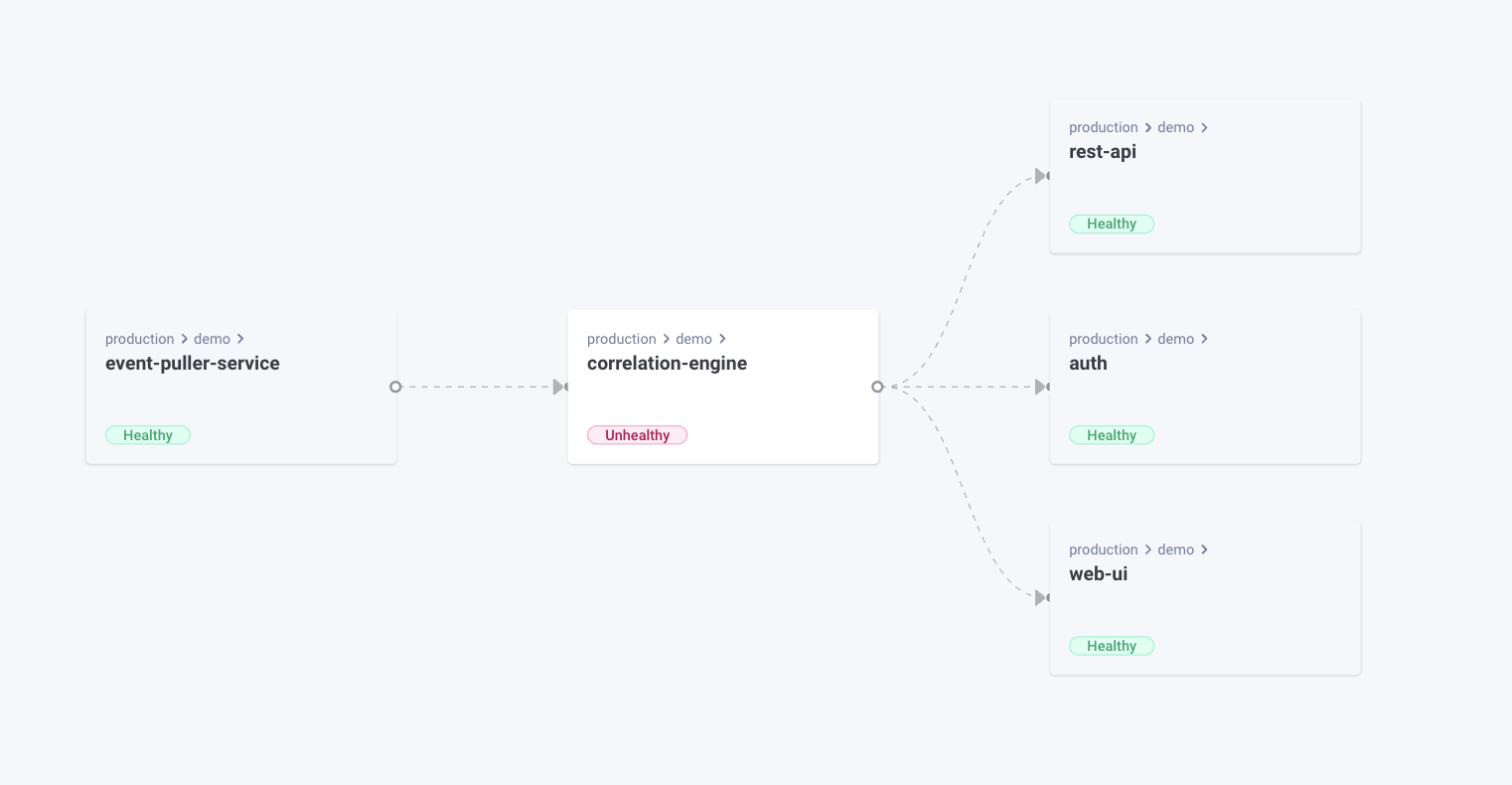Introduction
Reviewing the Current State of Infrastructure as Code (IaC), its Challenges, the Emergence of Crossplane, Adoption Difficulties, and the Road Ahead!
Infrastructure as code (IaC) has become an indispensable practice for managing and deploying cloud-native applications. By defining infrastructure through code, developers can efficiently and consistently manage their infrastructure. In this post, we’ll delve into the state of IaC, the problems it poses, and the new approach offered by Crossplane. We’ll also explore the challenges in adopting Crossplane and discuss the future of IaC.
Understanding IaC
Infrastructure as code (IaC) has revolutionized the way we manage and provision infrastructure. By treating infrastructure as code, developers gain the ability to define their infrastructure requirements programmatically, allowing for automation, version control, and repeatability. This approach brings efficiency, scalability, and consistency to infrastructure management.
The Challenges with Terraform
While Terraform has emerged as the de facto standard for IaC, it has its limitations. Being a command-line tool, it lacks built-in reconciliation capabilities. As a result, it is prone to configuration drift, where the actual state of the infrastructure deviates from the desired state defined in the configuration files. This can occur due to manual changes made outside of Terraform or failed resource updates.
Introducing Crossplane
Crossplane, a promising solution in the IaC landscape, addresses the challenge of configuration drift. Built on Kubernetes, Crossplane leverages Kubernetes Custom Resource Definitions (CRDs) to enable infrastructure as code with built-in reconciliation capabilities. With Crossplane, developers can define their desired infrastructure state using its declarative syntax, which includes resources like databases, storage buckets, and load balancers. Crossplane continuously monitors the infrastructure to ensure it matches the desired state. Whenever discrepancies are detected, Crossplane automatically makes the necessary changes to bring the infrastructure back into alignment.
One of the significant advantages of Crossplane is its ability to extend beyond Kubernetes and provision resources across multiple clouds and platforms, such as AWS, Azure, Google Cloud Platform, and even on-premises infrastructure. This flexibility enables developers to adopt a multi-cloud or hybrid cloud strategy while maintaining a consistent infrastructure management approach.
Challenges in Adopting Crossplane
While Crossplane offers significant benefits, it does come with its adoption challenges. Teams may face a steep learning curve when getting started with Crossplane, as it requires understanding both Kubernetes and Crossplane itself. However, the Crossplane community provides extensive documentation, tutorials, and examples to ease the adoption process.
The Future of IaC
Looking ahead, the future of IaC holds exciting possibilities. As Kubernetes continues to gain popularity as the de facto orchestration platform, it may also evolve to become the control plane for IaC. The concept of Kubernetes as a control plane for infrastructure management offers the potential for a standardized and efficient approach across different IaC tools. This convergence can simplify the adoption and management of infrastructure across multiple clouds and platforms.
However, it’s important to remain open to other emerging technologies and solutions, as the landscape continues to evolve rapidly. Crossplane, with its focus on multi-cloud provisioning and reconciliation, is just one example of how the IaC space is evolving to meet the demands of modern infrastructure management.
Conclusion
As we review the current state of IaC, it’s evident that Crossplane presents a promising solution to tackle configuration drift and enhance infrastructure management. While challenges exist in adopting Crossplane, such as the learning curve and user experience, the future of IaC may involve the evolution of Kubernetes as a control plane. By leveraging Crossplane’s capabilities and exploring its extensive documentation and community resources, developers can embark on a journey toward more efficient and standardized infrastructure management.
Explore Crossplane today and embrace the power of infrastructure as code with built-in reconciliation capabilities and multi-cloud provisioning. Together, let’s shape the future of infrastructure management and drive innovation in the cloud-native ecosystem!
To get started with Crossplane, you can explore the official documentation and resources:
- Crossplane Documentation: [**https://crossplane.io/docs/**] The official Crossplane documentation provides comprehensive guides, tutorials, and reference materials to help you understand and implement Crossplane for your infrastructure management needs.
- Crossplane GitHub Repository: [**https://github.com/crossplane/crossplane**] The Crossplane GitHub repository contains the source code, issue tracker, and community-contributed modules, providing a valuable resource for developers looking to contribute or explore advanced features.
- Crossplane Community: [**https://crossplane.io/community/**] The Crossplane community is a vibrant and supportive ecosystem of users, contributors, and maintainers. Engage with the community through forums, mailing lists, and Slack channels to seek assistance, share experiences, and collaborate with other Crossplane enthusiasts.



